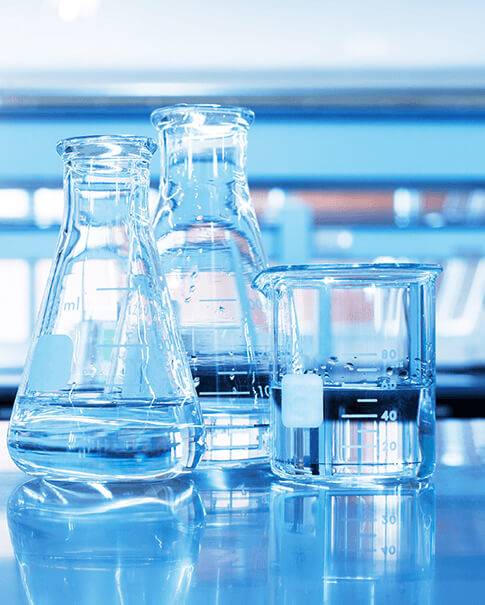What Are You Looking For?

Cationic polyacrylamide, is a white powder water -soluble polymer which is copolymerized by cationic monomer and acrylamide. It has the function of decolorizing, adsorbing, turbid eliminating and bonding.
It generate a good flocculation and can decrease the resistance between liquids.
It is most often used to increase the viscosity of water (creating a thicker solution) or to encourage flocculation of particles present in water and allow rapid settlement of finely suspended solid.
Tags :
Tags :
Tags :
Tags :
Tags :
Tags :
Tags :
Tags :
Tags :
Tags :
Tags :
Tags :